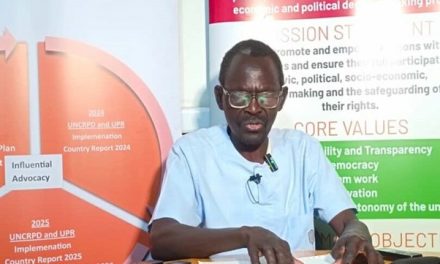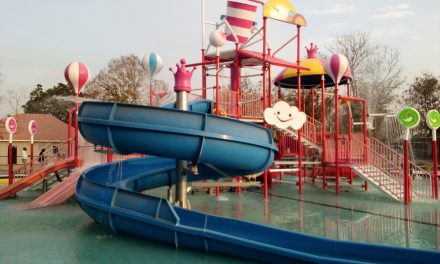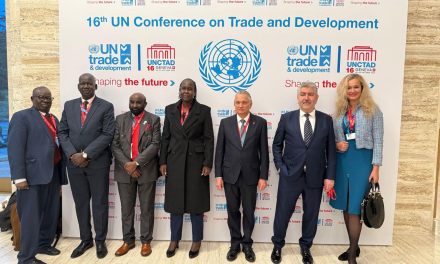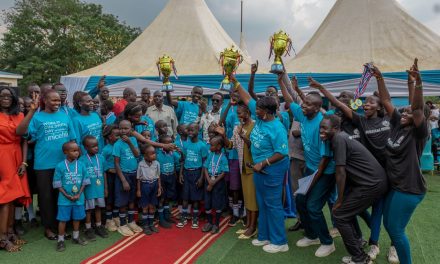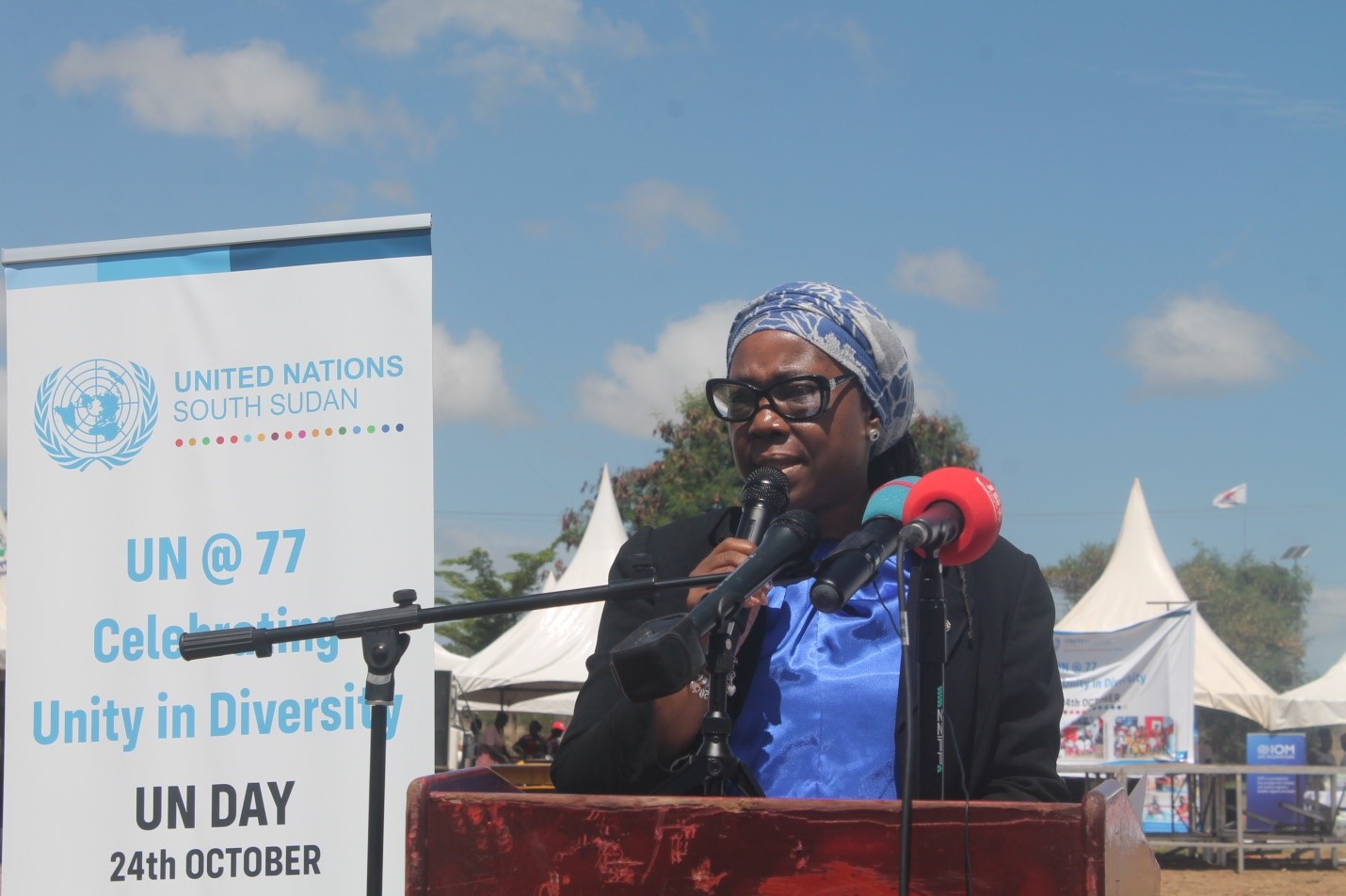
Climate change leaves the upper corridor of South Sudan flooded out and stuck in the mud
By Lisa Lyn (Unicef). Photo Essay
All locations along the Sobat Corridor from Malakal town, Upper Nile State, to the Ethiopian border are flooding. Internally displaced people (IDPs) are at a record high of 1.6 million at the moment, fleeing their homes to live in abandoned buildings and/or sleeping on the ground out in the open. South Sudan is suffering increasingly from the consequences of climate change. A compounded three years of severe flooding has left two-thirds of the affected counties facing some of the highest levels of malnutrition.
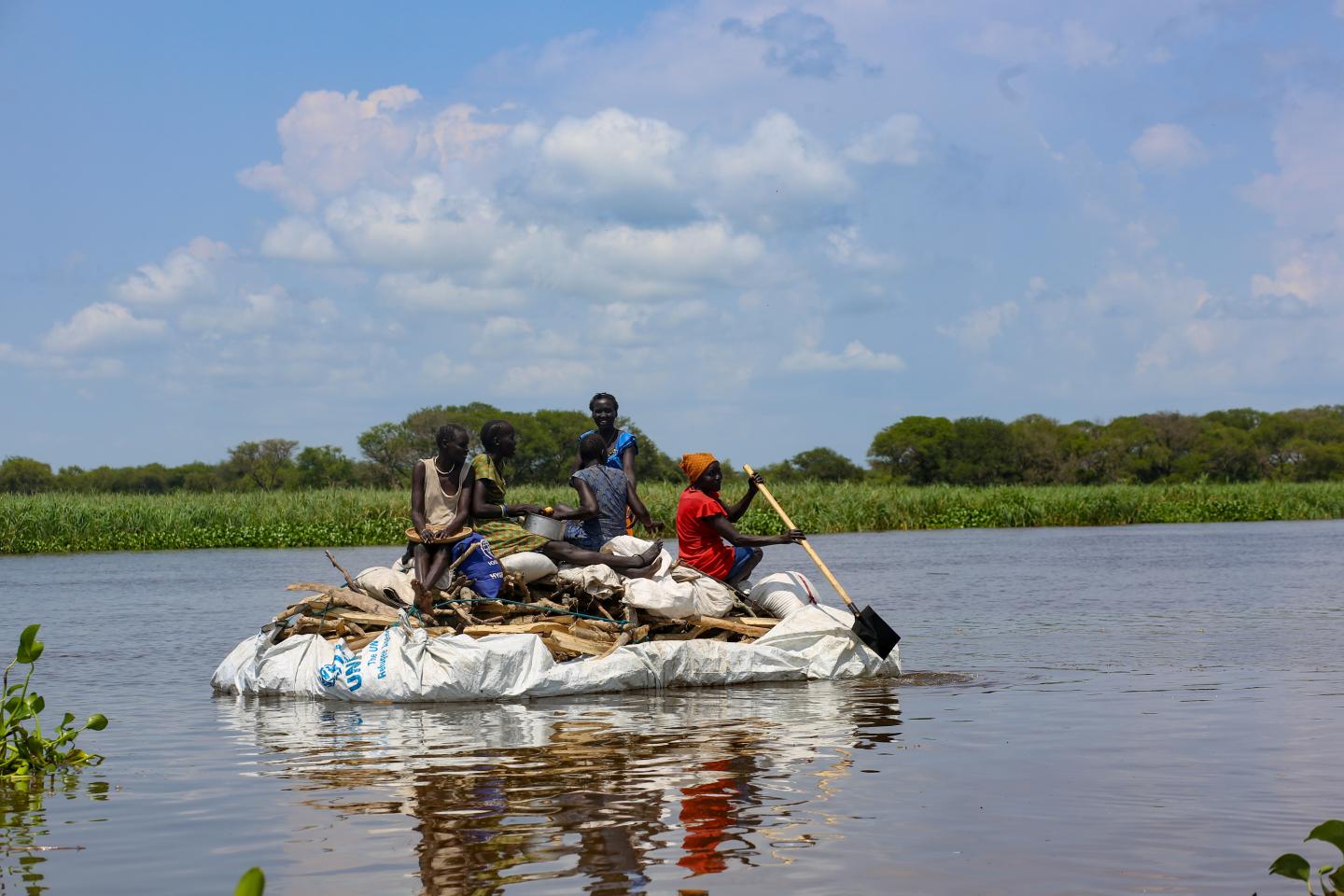
It’s common to see families displaced by floods using a tarp to float down the Sobat River in search of higher ground. They pack what they can manage, which is not much. This is also dangerous for them as they are in the intense sun, they lack food, could be robbed, could run into crocodiles and snakes or be overturned by hippopotamuses.
The floodwaters came quickly with little time to prepare to move. Many people now sleep in the open air on higher ground. In the early morning, people can be seen folding up mosquito nets they slept under. Not all are lucky enough to have mosquito nets. Dirty floodwater contaminates clean water sources and is leading to an upsurge in diarrheal diseases. The stagnant water becomes breathing grounds for mosquitos, which has led to a spike in malaria, hitting children the hardest.
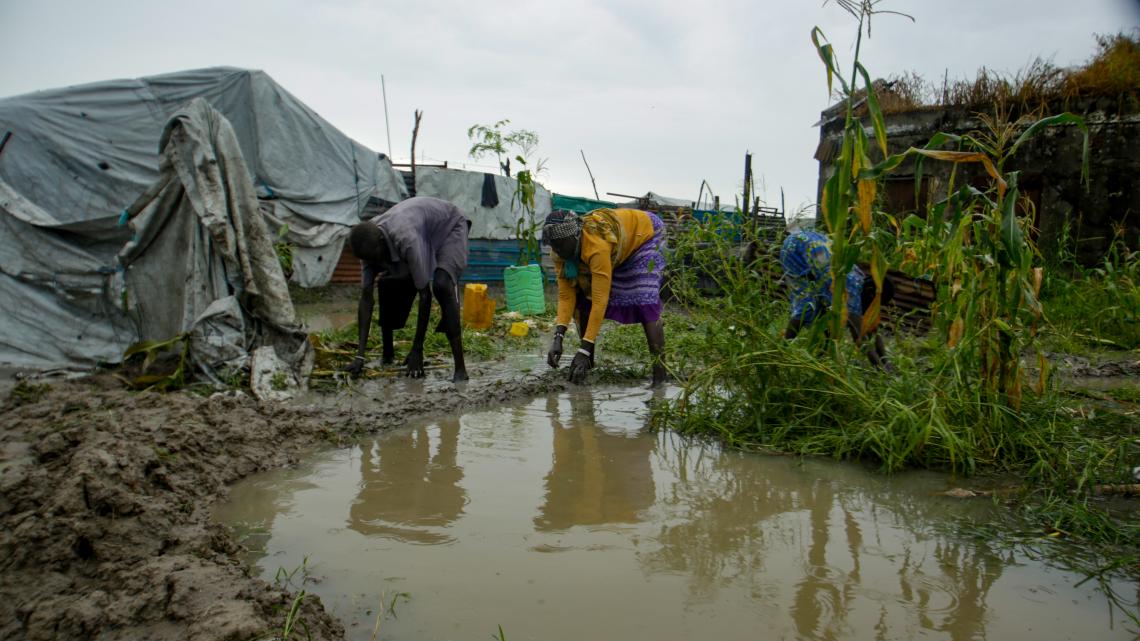
As of October 2021, more than 700,000 people have been affected by widespread flooding, mostly in areas along the Nile and Lol Rivers and the Sudd marshlands. 27 of 78 counties in South Sudan, across eight states, are affected. People are in urgent need of humanitarian assistance, including food, shelter and non-food items (NFIs), health and protection services. Communities start each morning by scooping water that breached the man-made dikes back into the river and then repairing the dikes with fresh mud. In the picture above, family members are quickly building mud dikes around their home, trying to protect it from the fast encroaching water. Their garden has already been compromised.
As people move to dry ground, so do snakes. Foj is 23 years old, his leg had to be cut off because of a snake bite. This problem is all too common along the flooded rivers and the anti-snake venom that can save body parts is not accessible. “Living in the mud and water while using walking sticks is quite difficult,” Foj says.
This is an abandoned school where hundreds of people now live. They sleep, eat, do chores and spend their whole days here as floodwaters now surround the school on all sides. It is an exhausting walk through mud and waters that are waist-high at times. There are snakes and even a couple of crocodiles in this area. Clean water is not available, while food and education are scarce.

This young girl is writing ABCs on the wall of the abandoned school where she and many families now live. She receives some food from humanitarian aid deliveries and attends school very little.
UNICEF and partners are responding to the immediate needs of people affected and displaced by floods, providing them with essential supplies, including soap, medicines, and education materials, while ensuring the continuation of lifesaving services such as healthcare, vaccination, nutrition and access to water, sanitation and hygiene (WASH).
Although UNICEF and partners continue to respond, much more needs to be done. UNICEF has appealed for USD 180 million to respond to the most urgent needs of children in South Sudan for 2021, with less than half being funded at this stage.

